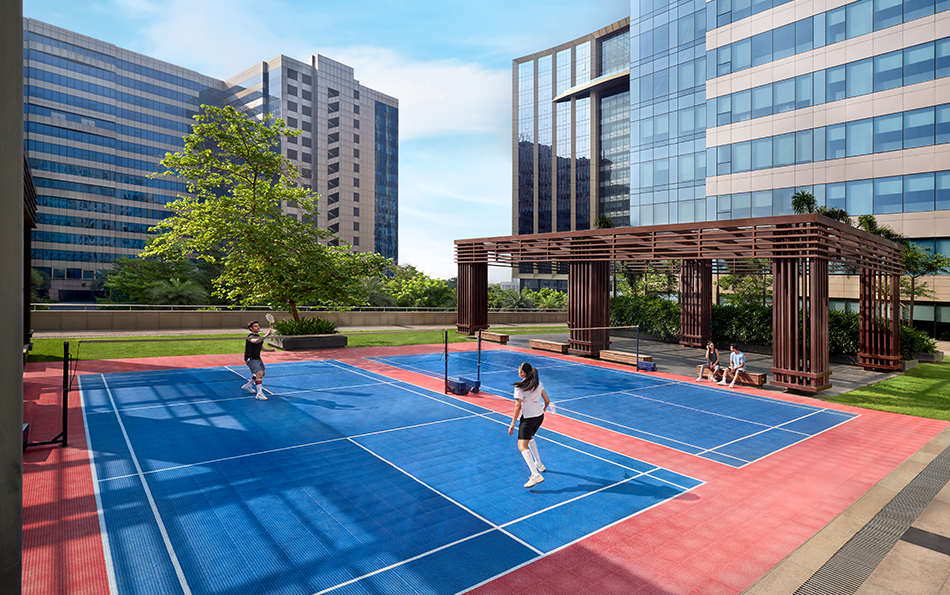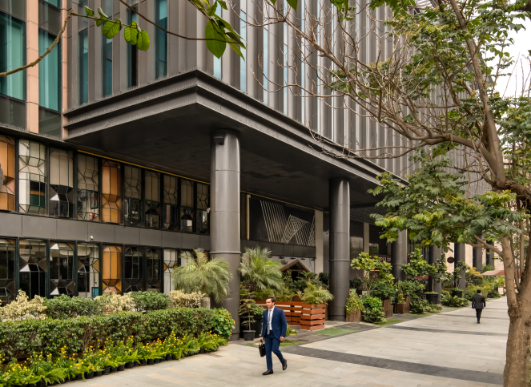- Who we are
- Our Journey
- From the Chairman’s Desk
- CEO and Managing Director’s Message
- Our Business Structure
- Our Sponsor and Managers
- Brookfield’s Global Scale
- Geographic Presence
- Properties at a Glance
- Tenant Base
- Operating Context
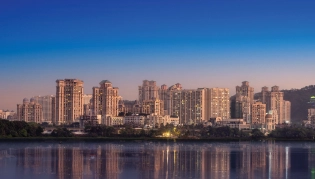
Brookfield India REIT
India’s Only 100% Institutionally Managed Office REIT
- Our Properties
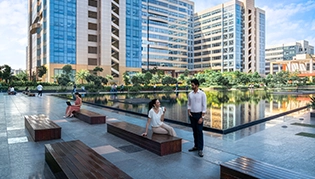
Our Properties
Sustained Operational Excellence Across the Portfolio
- Sustainability
- Sustainability Highlights
- Stakeholder Engagement
- Our Approach to Materiality
- Blueprint 2030 Framework
- Value Creation Model
- Lead on Sustainable Solutions – Natural Capital
- Sustainable Design & Development – Intellectual Capital
- Empower Our People – Human Capital
- Partner for Thriving Communities – Social and Relationship Capital
- Promoting Trust through Governance
- Awards, Accolades and Certifications
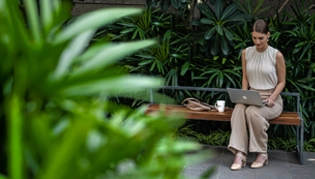
ESG
Building a Sustainable Future
- Investor
Relations
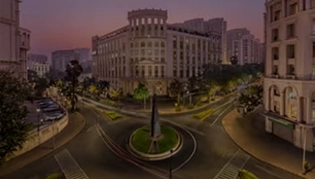
Unitholder Value Creation
Maximizing Unitholder Value
- Statutory Disclosure
- Financial Statements
×
- Who we are
- Our Properties
- Sustainability
- Sustainability Highlights
- Stakeholder Engagement
- Our Approach to Materiality
- Blueprint 2030 Framework
- Value Creation Model
- Lead on Sustainable Solutions – Natural Capital
- Sustainable Design & Development – Intellectual Capital
- Empower Our People – Human Capital
- Partner for Thriving Communities – Social and Relationship Capital
- Promoting Trust through Governance
- Awards, Accolades and Certifications
- Investor Relations
- Statutory Disclosure
- Financial Statements
